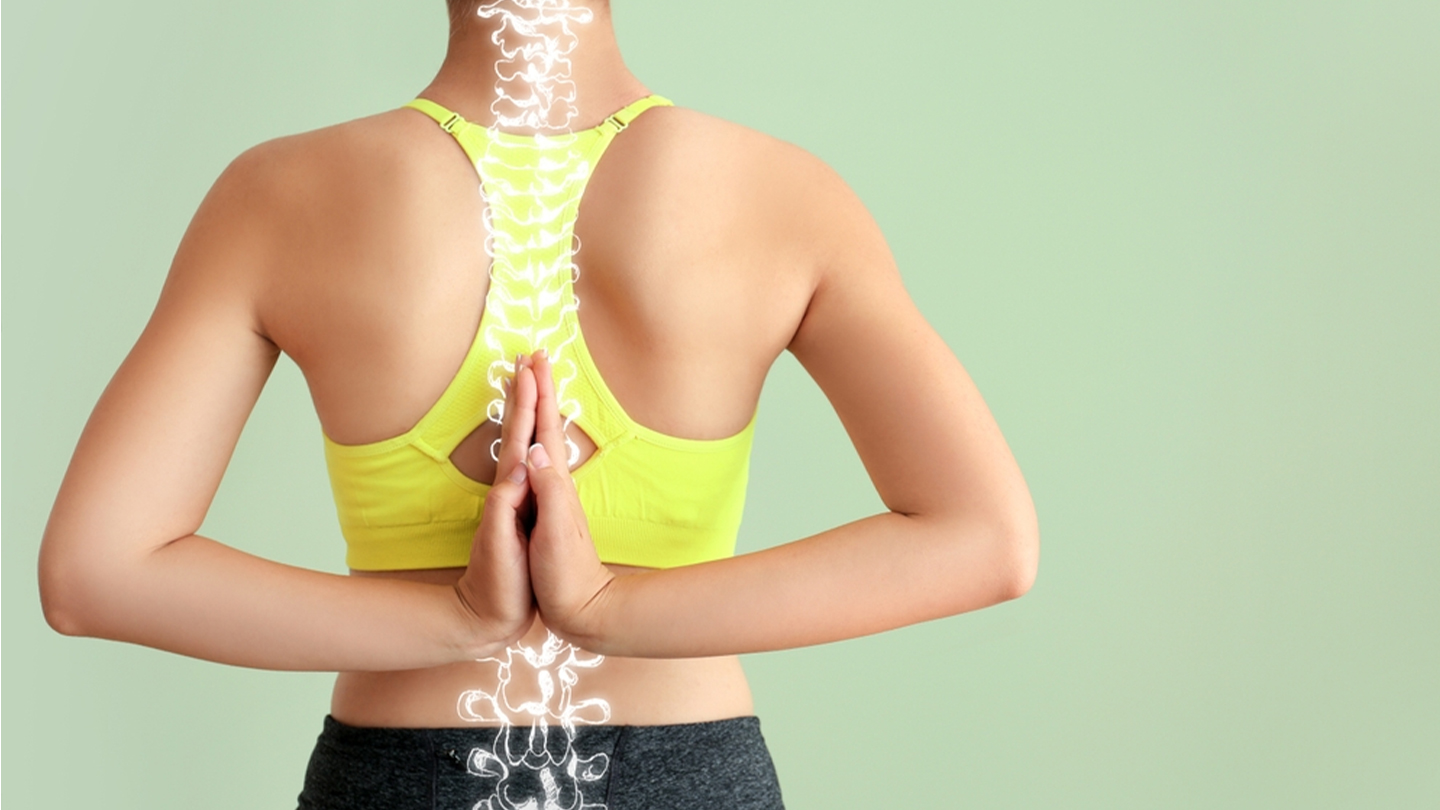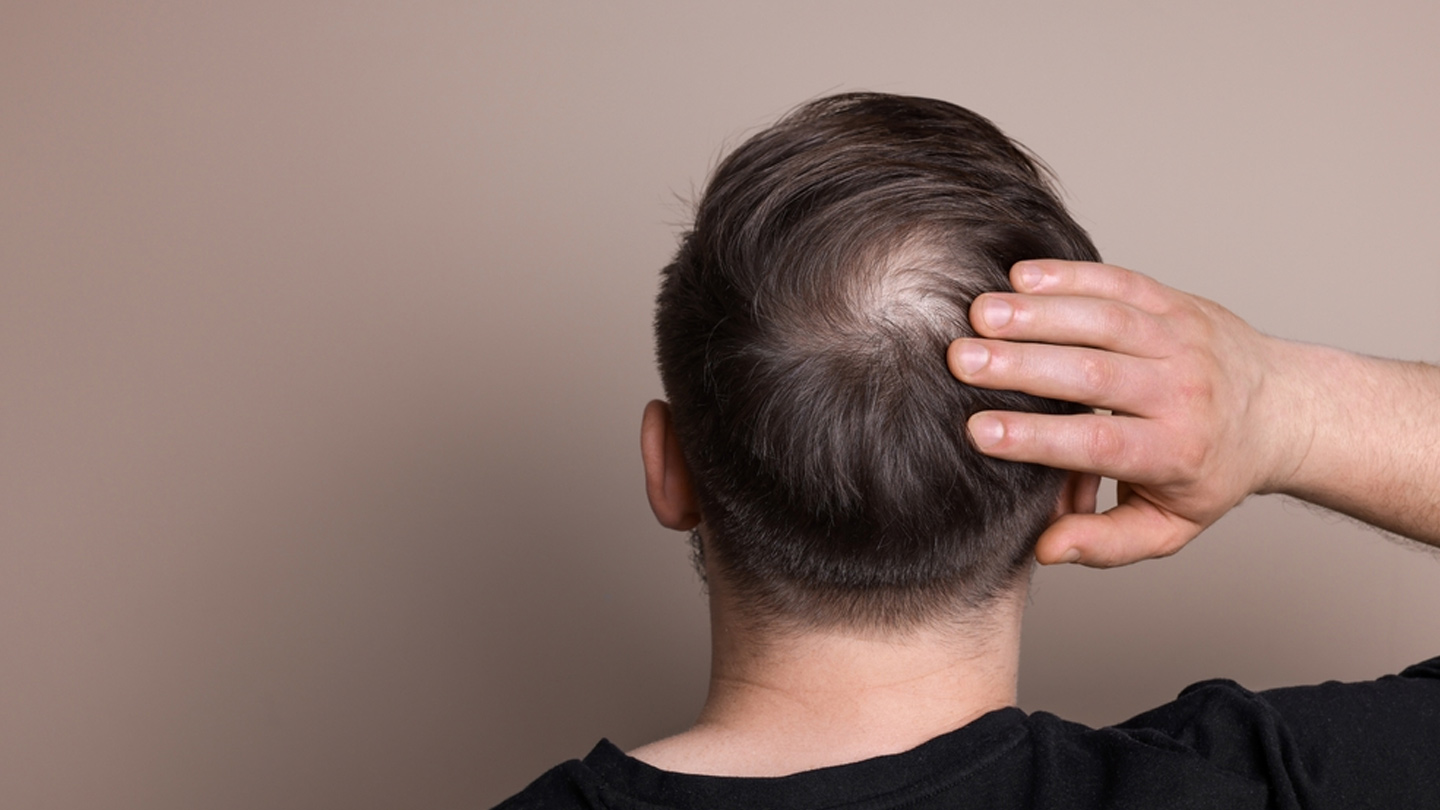Medical
Osteopenia vs. Osteoporosis: What Your Bone Scan Is Really Trying to Tell You
Osteopenia and osteoporosis sit on the same spectrum, but the impact on your health isn’t the same. Here’s what to know.

Bone density naturally declines with age, but not everyone loses it at the same rate. That’s why two common terms, osteopenia and osteoporosis, appear so often in diagnostic reports. They fall on the same spectrum of bone loss, yet they signal very different levels of risk. Understanding this spectrum is key to preventing fractures and maintaining long-term mobility.
Related story: 5 Expert-Backed Steps to Protect Your Bones
The Basics: How Bone Density Is Measured
Bone density is measured using a DEXA scan, which assesses the strength and porosity of your bones. It gives you a T-score, and that score determines whether your density is normal or reduced:
- Normal: -1.0 or above
- Osteopenia: between -1.0 and -2.5
- Osteoporosis: -2.5 or below
These cutoffs are used worldwide. They are simple markers that help doctors decide whether you need lifestyle changes, medication, or periodic monitoring.
Related story: 5 Things You Should Be Doing For Healthy Bones
Osteopenia: Early Reduction in Bone Strength
- Osteopenia describes a moderate drop in density, not low enough to cause fragility, but not ideal either.
- Most people don’t feel anything unusual; there are no visible symptoms, no pain, and no outward signs.
- It usually appears during a routine DEXA bone density scan or after menopause, when bone loss naturally accelerates.
A British Medical Journal review (2019) noted that many people underestimate osteopenia, delaying intervention even though early action can significantly reduce fracture risk. It’s not a diagnosis meant to alarm you. Instead, it highlights an opportunity: strengthen your bones while the decline is still manageable.
Osteoporosis: More Significant Bone Weakening
Osteoporosis represents a more severe form of bone loss. At this stage, the bone becomes porous enough that small, everyday movements, such as twisting, bending, or a low-impact fall, can cause fractures.
The New England Journal of Medicine (2020) reported that osteoporosis-related fractures account for more hospitalisations in older adults than strokes or heart attacks. Unlike osteopenia, osteoporosis typically requires medication in addition to lifestyle changes. It is still treatable, but the focus shifts from preventing loss to reducing the risk of fractures.
Why Women Face a Higher Risk
Hormonal changes play a major role in bone metabolism. Estrogen helps regulate the activity of osteoclasts, the cells responsible for breaking down bone. After menopause, estrogen levels drop significantly, accelerating bone loss.
The Journal of Bone and Mineral Research (2018) discusses how this hormonal shift directly contributes to decreased density. Women can lose up to 10 per cent of their bone mass within the first five years of menopause. Men are not exempt, but they often get diagnosed later, making fractures more complicated. According to Osteoporosis International (2021), men have a higher mortality rate following hip fractures.
Related story: Bone Health: Essential Care for Working Women
Who Should Get a Bone Density Test?
A DEXA scan is a simple, quick, and painless procedure. Guidelines widely recommend it for:
- Women aged 65+
- Men aged 70+
- Adults with risk factors, such as long-term steroid use, early menopause, autoimmune conditions, family history of fractures, and low body weight.
Some people get tested earlier if they experience sudden height loss, unexplained pain, or a fracture from a minor incident.
Risk Factors You Should Pay Attention To
Several risk factors increase the likelihood of both osteopenia and osteoporosis:
- Age
- Family history
- Smoking
- Sedentary lifestyle
- Low vitamin D
- Chronic inflammation
- Long-term steroid use
A study in Arthritis & Rheumatology (2020) showed that even moderate steroid use can accelerate bone loss at a rate significantly faster than normal ageing. Understanding your risk profile enables you to make informed, proactive decisions before the decline in density worsens.
Related story: Development and Maintenance of Healthy Bones
Lifestyle Changes That Make a Real Difference
Whether you have osteopenia or osteoporosis, maintaining healthy lifestyle habits is essential. For osteopenia, this may be sufficient to restore healthier bone density. For osteoporosis, they support medical treatment.
1. Weight-Bearing & Resistance Training. Activities such as walking, stair climbing, squats, and weightlifting stimulate bone growth. Bones adapt to pressure and rebuild stronger over time.
2. Vitamin D Optimisation. Vitamin D helps the gut absorb calcium and supports bone remodelling. Deficiency is widespread, especially in countries with indoor-centred lifestyles.
3. Calcium Through Diet. Calcium-rich foods are more effectively absorbed than high-dose supplements.
4. Adequate Protein. Protein forms the matrix that minerals bind to. Without sufficient protein, the skeleton weakens over time.
5. Reduce Smoking and Alcohol. Both interfere with bone formation and speed up loss.
6. Medication for Osteoporosis. Treatments include bisphosphonates, selective hormone therapy, and injectable biologics. These help rebuild bone or slow down breakdown, significantly reducing the risk of fractures.
Related story: Osteoporosis: Prevention and Beyond
How Osteopenia Differs from Osteoporosis at a Glance
|
|
|
|
|
|
|
|
|
|
|
|
|
|
|
|
|
|
|
|
|
|
|
|
|
|
|
|
Osteopenia and osteoporosis describe two stages of the same process: a decline in bone density. The distinction matters because it influences your next steps, whether that’s focusing on lifestyle changes or beginning medical treatment.
Your bones are not static. They respond to movement, nutrition, hormones, and daily habits. Understanding your current situation helps you protect your mobility, strength, and independence for tomorrow.
Stay on top of your health with easy lab testing. Book your test today and receive your reports promptly, without the hassle.
EXPLORE MORE
A sprain isn’t “just a sprain.” Here’s what your ankles wish you knew.
Your body whispers before it screams. Here are the early heart disease warning signs most people overlook until it’s too late.
Baldness isn’t just about ageing; it’s a complex condition influenced by biology, habits, and health. Understanding it is the first step toward managing it.
Breast cancer before 40 is rare, but not impossible. Know these warning signs so you can spot them well in time.







.jpg)


